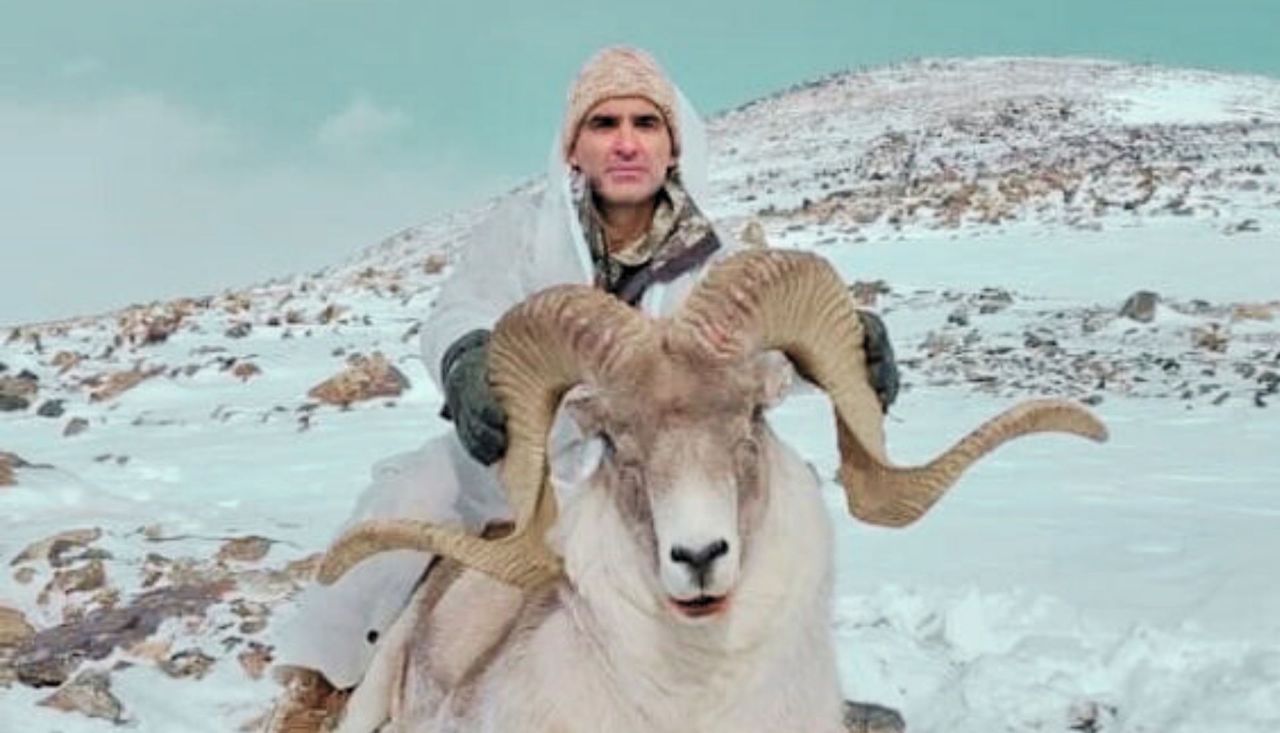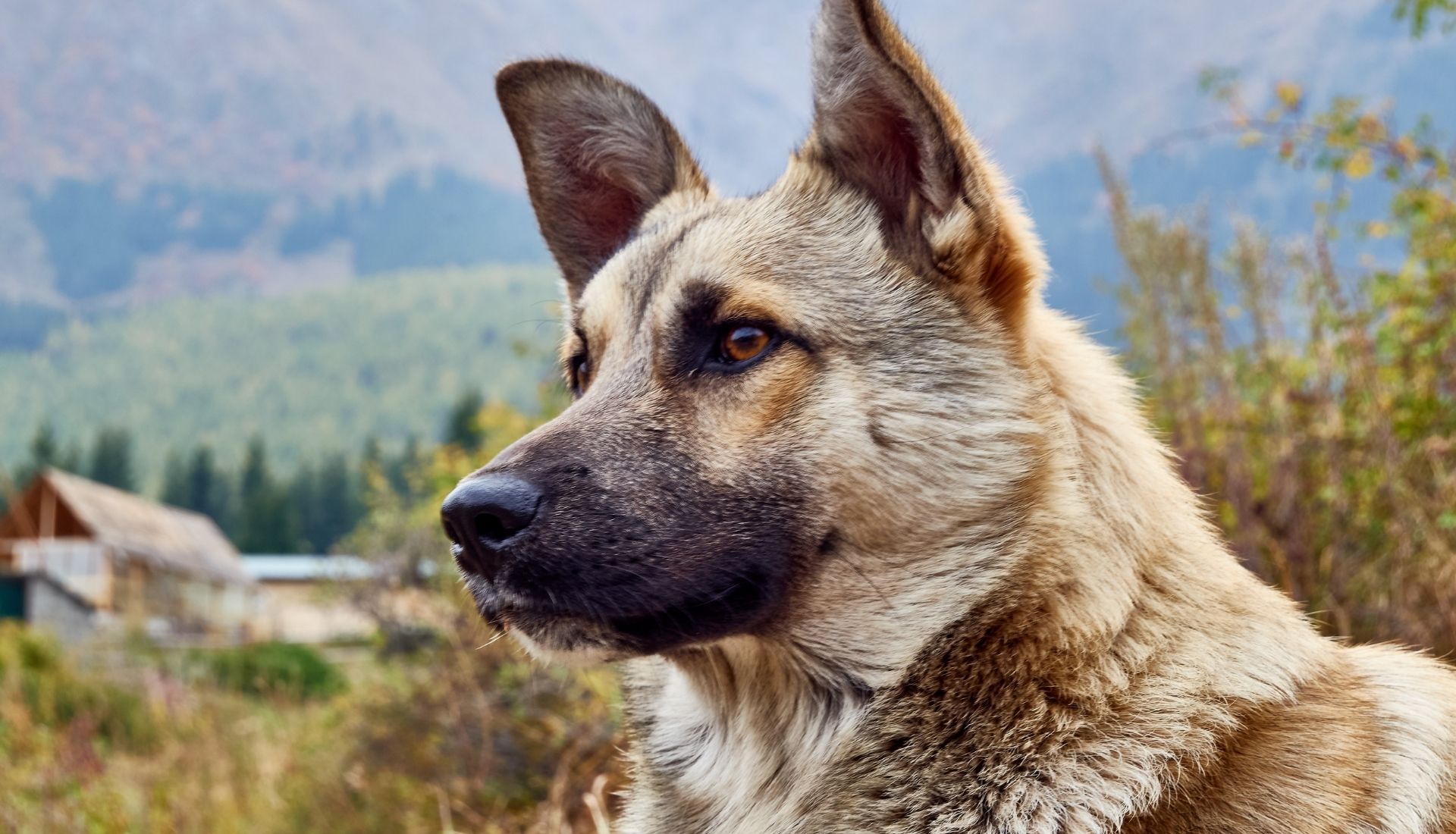The Country of Kyrgyzstan (Кыргызстан)
Kyrgyzstan, officially the Kyrgyz Republic, is a landlocked, mountainous country in Central Asia. It’s often called the “Switzerland of Central Asia” due to its stunning alpine landscapes, dominated by the Tian Shan mountain range.
- Geography: Over 90% of Kyrgyzstan is covered by mountains, with high peaks, deep valleys, and extensive glaciers (like the Engilchek Glacier). It also boasts around 2,000 lakes, including the large, saline Issyk-Kul, the second-largest mountain lake in the world. Relatively flat agricultural land is limited to valleys like the Chüy, Talas, and Fergana.
- Capital: Bishkek.
- Population: Approximately 7 million (2025 estimate).
- Official Language: Kyrgyz (a Turkic language). Russian is also widely spoken and serves as an official language.
- Religion: Predominantly Muslim (mostly Sunni).
- Government: A unitary parliamentary republic.
- History: Historically inhabited by nomadic Turkic tribes, Kyrgyzstan was part of various empires before becoming a constituent republic of the Soviet Union. It gained independence in 1991.
- Economy: A developing country with a focus on agriculture (pastoralism), gold mining, and remittances from migrant workers.
- Climate: Sharp continental climate with significant variations due to altitude. Winters are cold and dry, with temperatures dropping well below freezing, especially in the mountains. Summers are generally hot in the valleys and mild to cool at higher elevations. Spring (March-May) and autumn (September-November) offer milder temperatures. The mountainous terrain creates numerous microclimates.
Wildlife in Kyrgyzstan
Kyrgyzstan’s diverse and often extreme landscapes support a fascinating range of wildlife, including many species adapted to high-altitude environments.
Mammals:
- Iconic Mountain Species:
- Siberian Ibex (Capra sibirica): Also known as Mid-Asian Ibex or Tien Shan Ibex, these large wild goats with impressive scimitar-shaped horns are abundant in the rocky mountain ranges. They are a highly sought-after trophy.
- Argali (Ovis ammon): Kyrgyzstan is home to several subspecies of Argali, including the Marco Polo Argali (known for its massive spiraling horns) and the Tian Shan Argali (recognized for its tightly curled, thick horns). These are critically important trophy animals.
- Snow Leopard (Panthera uncia): Critically endangered and highly elusive, found in the high mountains. Kyrgyzstan is a key country for snow leopard conservation.
- Other Mammals:
- Brown Bear (Ursus arctos): Found in various mountainous and forested regions.
- Gray Wolf (Canis lupus): Widespread throughout the country.
- Eurasian Lynx (Lynx lynx): A solitary predator of the forests.
- Pallas’s Cat (Otocolobus manul): A small, stocky wild cat of the steppe and mountainous areas.
- Red Deer (Tian Shan Wapiti / Maral): A large deer species found in forested mountain areas.
- Siberian Roe Deer (Capreolus pygargus): Smaller deer found in forest-steppe and forested regions.
- Wild Boar (Sus scrofa): Abundant in certain habitats.
- Menzbier’s Marmot: An endangered marmot species.
- Various species of foxes (red fox, corsac fox), badgers, mountain weasels, stoats.
Birds:
Kyrgyzstan’s diverse habitats support a rich avian population, including many raptors and high-altitude species.
- Birds of Prey: Golden Eagles, various vultures (e.g., Cinereous Vulture, Egyptian Vulture), falcons (including the endangered Saker Falcon), and Steppe Eagles.
- Upland Birds: Himalayan Snowcock, Chukar Partridge, and various pheasants.
- Waterfowl: Ducks, geese, and waders around its numerous lakes and rivers.
- Endangered Birds: Critically Endangered Siberian Crane, and the Endangered White-headed Duck, Great Bustard, and Sociable Lapwing.
Reptiles and Amphibians:
Includes various snakes, lizards (e.g., Desert Monitor), and amphibians.
Endangered Species:
Kyrgyzstan’s “Red Book” lists numerous threatened species. Significant conservation efforts are being made, often involving international NGOs and local communities, to protect species like the snow leopard, dhole, and Saker Falcon. Community-based conservancies are proving effective in combating illegal hunting and poaching.
Hunting in Kyrgyzstan
Kyrgyzstan is a world-renowned destination for trophy hunting, primarily for its magnificent mountain ungulates. It offers some of the most challenging and rewarding hunting experiences due to the high altitudes and rugged terrain. Hunting is strictly regulated by the Ministry of Natural Resources, Ecology and Technical Supervision.
Key Regulations and Requirements for Foreign Hunters:
- Permits and Quotas: All hunting, especially for foreign hunters, requires specific licenses and permits. Quotas for species like Argali and Ibex are limited and often expensive. These permits are processed by authorized hunting outfitters. Recent changes in regulations aim for stricter control.
- Authorized Outfitters: It is mandatory for foreign hunters to book their hunt through a licensed and reputable Kyrgyz hunting outfitter. These companies handle all the complex logistics, including permit applications, firearm import/export, CITES documentation, customs clearance, transportation, camp arrangements, professional guides (often local gamekeepers), and trophy preparation. Foreign hunters must be accompanied by a gamekeeper.
- Firearms Import: Hunters generally bring their own firearms. A police permit for possession, carrying, and use of firearms is required. Recommended calibers for mountain game are typically .300 Magnum, .338 Lapua Magnum, or similar, due to the need for long-range accuracy (often 300-500 meters).
- Physical Demands: Hunting in Kyrgyzstan is extremely physically demanding. Hunts for Marco Polo Argali and Siberian Ibex take place at high altitudes, typically between 3,500 to 4,000 meters (11,500 to 13,000 feet) and sometimes higher. Hunters must be in excellent physical condition, capable of strenuous hiking, climbing, and tolerating thin air and cold weather. Acclimatization is crucial.
- Hunting Methods: The primary method is “spot-and-stalk.” Vehicles (4×4 SUVs like Land Cruisers) are used to access hunting areas, followed by extensive walking and stalking on foot, often using horses to cover rugged terrain and carry equipment.
- Accommodation: Hunting camps typically consist of heated cabins, traditional yurts (gers), or comfortable tents, often with basic amenities. Staff usually includes a cook and grooms.
- Trophy Care and Export: Outfitters handle the field preparation of trophies (caping, salting) and assist with all necessary documentation (CITES export permits, veterinary certificates) for legal export. Trophy shipment can take several months.
- Prohibited Hunting: Hunting of species not included in the official authorized list is prohibited. Hunting Red Book-listed wildlife (like the Snow Leopard) is generally only allowed by specific decision of the authorized state body with very strict limits (max 1% of total population for “scientific purposes” – though this is a controversial practice). Hunting is also banned on Tuesdays and Wednesdays year-round (“quiet days”). The use of silencers is prohibited.
Popular Hunted Species and Seasons:
- Marco Polo Argali: The most iconic and sought-after trophy. Hunting is primarily by spot-and-stalk in high-altitude terrain.
- Season: Generally August 15 to December 4, with September to November being prime.
- Siberian Ibex (Mid-Asian Ibex): Another prime trophy, often combined with Argali hunts. Hunted by stalking in rocky, high-altitude regions.
- Season: Generally August 15 to December 4, with October to November being optimal.
- Tian Shan Argali: A specific subspecies of Argali found in areas north of the Naryn River.
- Wild Boar: Abundant in certain areas.
- Season: August 15 to February 28.
- Wolf: Hunting is not restricted or subject to quotas, as wolves are considered a threat to rural communities.
- Season: August 15 to February 28.
- Tian Shan Wapiti (Maral Stag): Opportunities exist for this large red deer subspecies.
- Siberian Roe Deer: Hunted in relevant habitats.
- Chukar Partridge: A popular game bird for walking hunts in rocky, arid areas.
- Season: Typically September to November.
Conservation and Ethics:
Kyrgyzstan’s approach to trophy hunting, particularly for its valuable mountain ungulates, generates significant revenue that is intended to support conservation efforts and anti-poaching initiatives. This “conservation through hunting” model aims to provide an economic incentive for local communities to protect wildlife and their habitats. However, transparency and effective distribution of these funds remain crucial for genuine conservation success.
For international hunters, engaging with a highly reputable and officially licensed outfitter is paramount to ensure a legal, ethical, and successful hunting expedition in Kyrgyzstan’s breathtaking, yet demanding, wilderness.








